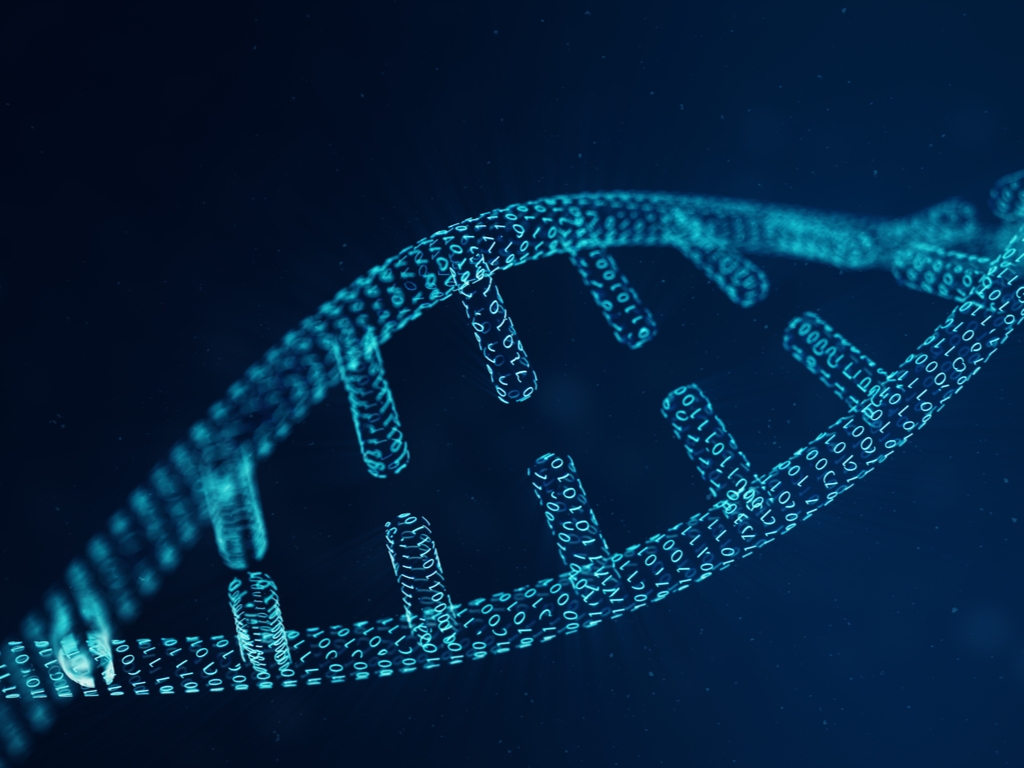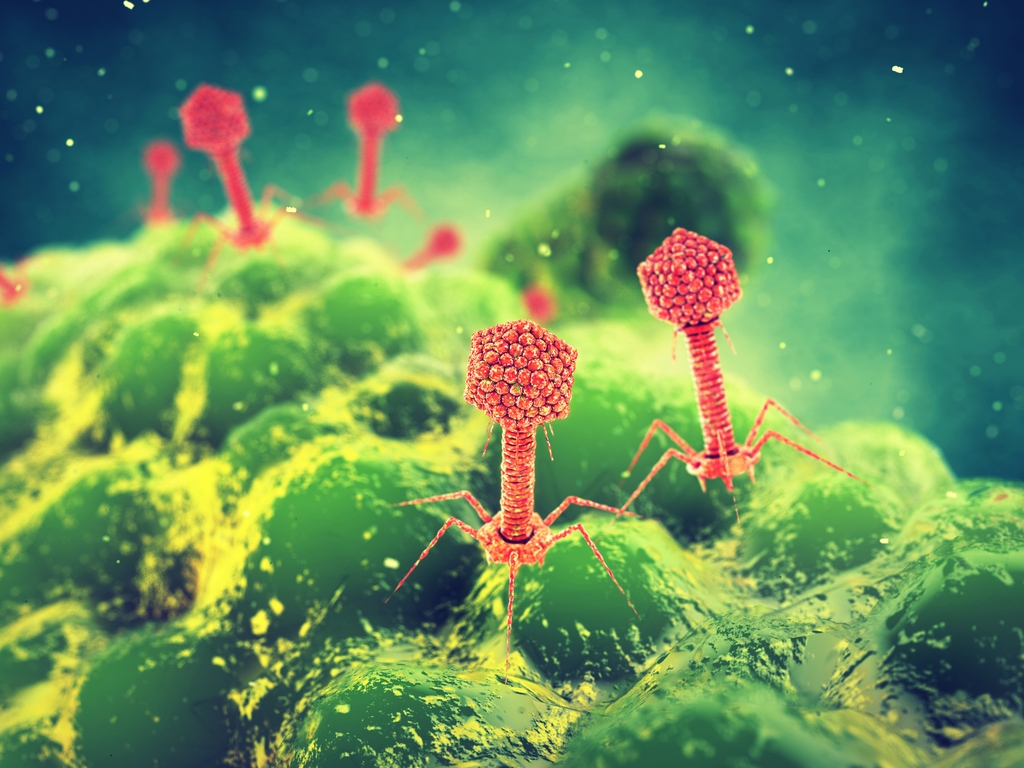
Our Executive Perspectives are informational primers intended for executives and functional leaders. They are intended to provide a calculated mix of technical and commercial understanding of relevant topics in science and technology industries.
Exosomes play a critical role in the cell-to-cell communication pathways of the human body. They were long thought to be trash vesicles that were excreted from the cell.
However, scientists have since discovered that exosomes are important messengers of genomic information and include RNA, DNA and proteins. These discoveries were so profound that it led to the award of the Nobel Prize in 2013 to three scientists: James E. Rothman, Randy W. Schekman and Thomas C. Sudhof.
Nobel Prize for Exosomes
What are Exosomes?
Exosomes are vesicles that have a bilipid membrane and are used in intracellular communication. They form when the cell “buds” outward and takes with it the bilpid membrane of the parent cell, parts of the cell-surface proteins from this cell and genomic information in the form of RNA, DNA or protein. These extracellular vesicles or exosomes are often 20-200 nm in size.
Exosomes qualities that make them unique as targets for biomarker information:
- Exosomes can be identified back to the cell of origin from which it was released. During the formation process, the exosome takes with it the cell surface proteins that identify that particular cell of origin. Because of these surface proteins, exosomes can be identified back to the original organ that released it – ie. brain, lung, heart, prostate or kidney (to name a few).
- Exosomes are released from all cells in various stages of cell growth and death. This characteristic is what differentiates exosomes from other sources of genomic information (ie. cell-free DNA and circulating tumor cells), which are released only by cancer cells and often are present in greater abundance in late-stage cancers, when disease prevalence is high. This is not the case with exosomes, which are present regardless of the presence of disease.
- Exosomes are found circulating throughout the body (within organs and in biological fluids). When present in biological fluids, exosomes are a great target source for rich genomic information on what is happening throughout the body and have been used in liquid biopsies for just such a purpose.
- Exosomes contain genomic information in the form of DNA, RNA or proteins that can provide rich information on what is happening in the cell or tissue from which that exosome was released.
What is the Clinical Value of Exosomes?
Because of these unique characteristics, exosomes have become an important source of biomarkers used in liquid biopsies not only for oncology, but other disease areas.
One important application of exosomes is in the area of transplant monitoring. Imagine if instead of performing a tissue biopsy to test for kidney transplant rejection (which in many instances month after month post-surgery can often create such trauma as to cause rejection) – doctors were able to determine transplant health through routine blood tests by pulling biomarkers from exosomes released by the kidney.
Another benefit is in helping to reduce the number of tissue biopsies that are conducted as the primary view of what is happening inside the body. With more targeting assays/clinical diagnostics kits, clinicians can know what is happening inside cells and tissues by performing liquid biopsies.
Because of the exosomes utility in the extracellular communication pathways in the body, there is little risk of degradation of exosomes or the genomic materials which they contain – this is not always the case with circulating tumor cells or cell-free DNA, which are found free-floating.
Finally, because exosomes are present at all stages of a cell’s life cycle (not just diseased cells), exosomes can provide information that can assist with early screening and diagnosis.
By: Kiran Chin


